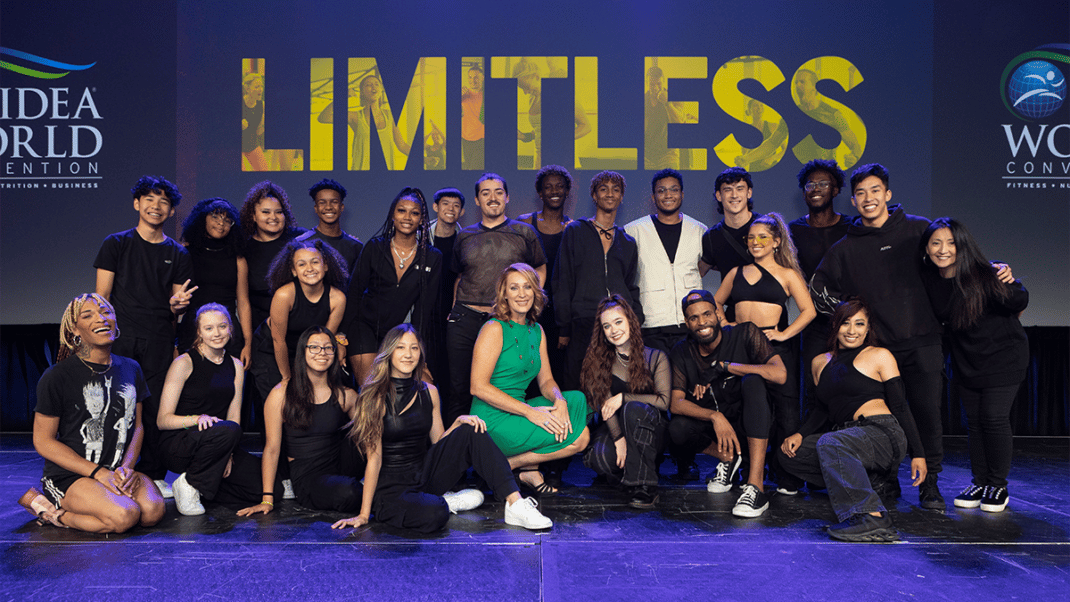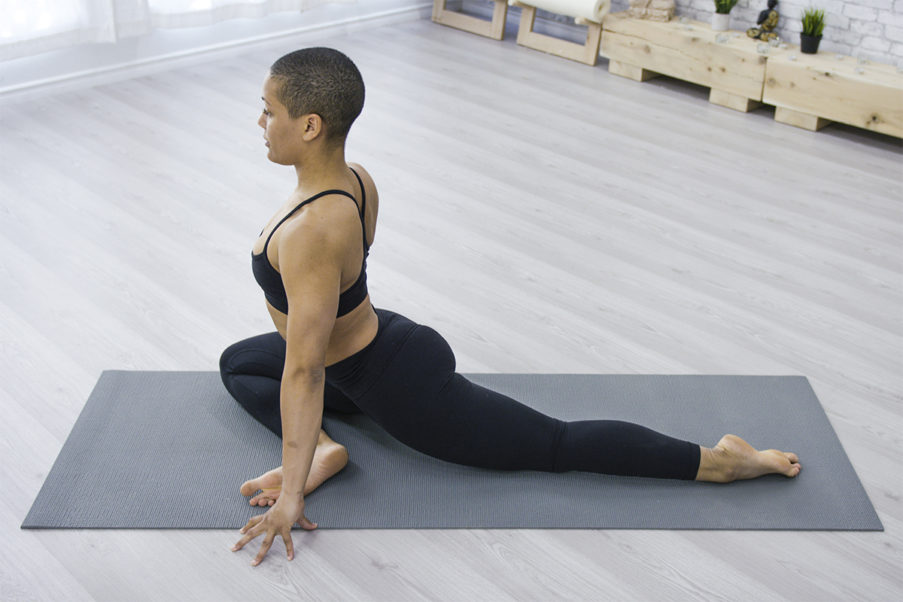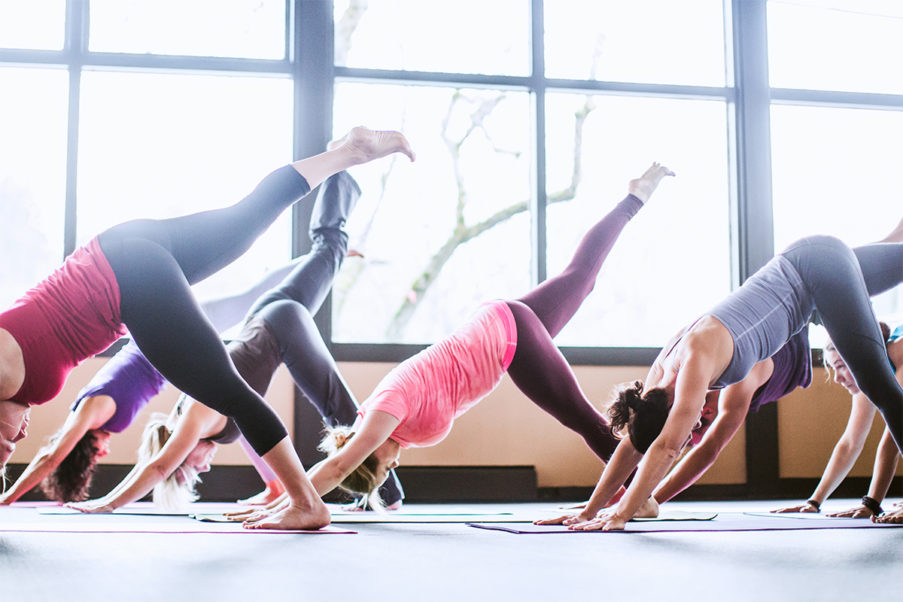Yoga Lesson Plan 3: Shoulders and Liberation
About this series: Each yoga lesson plan provides both a physical focus, to guide your choice of postures, and a practice focus, to help students explore an important principle of yoga practice. The intention of the series is to present guidelines for creating a coherent and thoughtful class experience, with suggestions broad enough to allow you to choose yoga poses that are appropriate for your students.
Yoga Lesson Plan 1 Yoga Lesson Plan 5
Yoga Lesson Plan 2 Yoga Lesson Plan 6
Yoga Lesson Plan 3: Liberate the Shoulders
Physical Theme: Exploring the Actions of the Shoulder Blades
Practice Principle: Liberation
It is sometimes said that the ultimate goal of yoga exercise is liberation. This yoga lesson plan takes the essence of that abstract and potentially intimidating idea, and sets students’ sights on an attainable freedom: liberating the shoulder blades.
Attend a yoga class at just about any studio, gym, or community center, and you will hear instructions to “keep the shoulders blades down” and “pull the shoulder blades back.” The instructions are typically applied to any and every yoga pose. Unfortunately, keeping the shoulder blades anchored while trying to move the arms through their full range of motion is like trying to do yoga in a suit of armor. The arm bone belongs to the scapula, and its range of motion is determined by the freedom of the scapula to lift, lower, and move across the rib cage. It is impossible to fully express the actions of different yoga poses while maintaining one constant rule about the “correct position” of the shoulder blades.
A good example is lifting the arms overhead. At a certain point—about when the arms move above shoulder height—the scapulae need to elevate and slightly rotate, to avoid compressing rotator cuff muscles and to allow the arm bones to fully lift. However, this is precisely the movement during which you are most likely to hear yoga teachers tell their students, “Keep your shoulder blades down!”
This type of imposed restriction on movement can have a profound effect on not just the body but also the mind. Students learn to control and resist the natural biomechanics of movement, and strain to achieve an external form that “looks good” to the yoga teacher but sends clear internal signals of discomfort to the student. What we practice, we perfect, and in this case the student practices ignoring his or her own intuitive intelligence, and following rules that are based on others’ mistaken beliefs about how the student should be.
Opening (10 minutes)
Begin class with a breathing yoga exercise: Inhale through the nose and lift the shoulders to the ears; exhale through the mouth and release the shoulders down. Let this movement become a full and easy shoulder roll.
Next, introduce the theme of the yoga class with a partner exercise. Student A stands behind Student B and places a hand on Student B’s shoulder blade. Student B slowly moves his arm in various ways: lifting it to the front, to the side, and over head; rotating the upper arm in and out; reaching across and behind the body. Student A will have a revelation about how much the shoulder blade needs to move with the arm. Encourage students to experience freedom in this range of movement as they practice.
Dynamic Yoga Warm-up (10 minutes)
On all fours, practice spinal waves (cat/cow) with the breath. Direct students’ attention to the shoulder blades broadening on the exhalation (connected to the actions of pushing through the arms and flexing the spine) and retracting on the inhalation (connected to the action of extending the spine).
Prepare for sun salutations with the sun breath: raising the arms on an inhalation and lowering the arms on an exhalation. Guide students to notice the natural movement of the shoulder blades as the arms lift and lower. Take this into full sun salutations. For each step in the salutation, describe the movement or action of the shoulder blade.
Active Yoga Poses (30 minutes)
Choose standing and other active yoga poses that include a variety of shoulder positions. Below are suggestions for yoga poses that use different shoulder positions to support both flexibility and strength. Sequence the poses in any way that makes sense for your yoga class, drawing students’ attention to the action of the shoulder blades.
Protraction (broadening) of the shoulder blades:
Flexibility: Eagle yoga pose (garudasana), with arms in a self-hugging position if the full eagle arm position is not comfortable.
Strength: Plank (push-up) yoga pose and/or crane arm balancing yoga pose (bakasana).
Retraction (drawing together) of the shoulder blades:
Flexibility: Standing head to knee yoga pose (parsvottanasana) with palms touching behind the back between the shoulder blades (reverse namaste gesture) or hands clasped behind the back.
Strength: Reverse plank (purvottanasana), followed by bridge yoga pose (setu bandhasana) and/or locust (shalabhasana).
Elevation (lifting) of the shoulder blades:
Flexibility: Warrior I (virabhadrasana I) with arms reaching overhead, hands clasped in steeple gesture (uttarabodhi mudra).
Strength: Upward-facing bow yoga pose (urdhva dhanurasana), which requires elevation of the shoulder blades to press into the full backbend. This action can also be practiced in downward facing dog and handstand.
Practicing Neutral (5 minutes)
Shoulder blades “down and back” does have its place, as the healthiest position in neutral standing, seated, and reclining postures. End class by re-establishing this neutral position in tadasana, seated meditation, and relaxation pose (savasana).
Closing (5 minutes)
In relaxation pose or a seated yoga meditation, bring students back to the theme of the yoga class: letting go of externally imposed rules that don’t make sense. Invite them to reflect on whether they have been following self-imposed or externally-imposed restrictions that they are ready to let go of.
View all Yoga Lesson Plans





